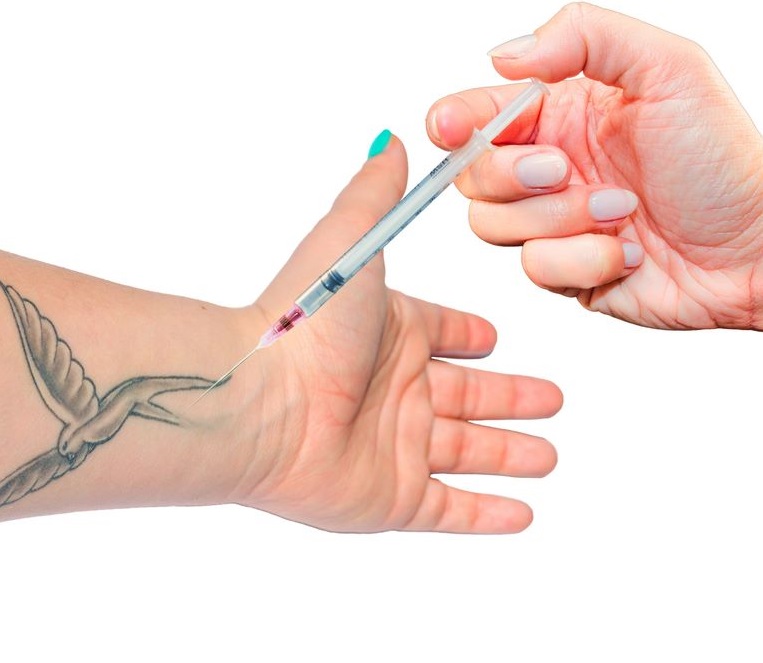Tattoo removal surgery

Best Plastic Surgeon in Pimpri: Expert Tattoo Removal Techniques and Options
Tattoo removal is a procedure done to try to remove an unwanted tattoo. Common techniques used for tattoo removal include laser surgery, surgical removal and dermabrasion.
Tattoo ink is placed beneath the top layer of the skin. That makes tattoo removal more complicated — and expensive — than the original tattoo application.
If you’re interested in tattoo removal, consult a skin doctor (dermatologist) about the options. Don’t attempt tattoo removal on your own. Do-it-yourself tattoo removal creams and other home treatments aren’t likely to be effective and can cause skin irritation or other reactions.
Risks
Scarring is likely after most types of tattoo removal. Infection or skin discoloration is possible as well.
What you can expect
Tattoo removal is often done as an outpatient procedure with local anesthesia. Common techniques for tattoo removal include laser surgery, surgical removal and dermabrasion.
Laser surgery
Q-switched lasers — which release energy in a single, powerful pulse — are often the treatment of choice for tattoo removal. A special type of laser — called a Q-switched Nd:YAG — might be used on darker skin to avoid changing the skin’s pigment permanently.
Before laser treatment, the skin is numbed with an injection of a local anesthetic. Then a powerful pulse of energy is applied to the tattoo to heat and shatter the tattoo ink. Multicolored tattoos might need treatment with various lasers and different wavelengths.
After the procedure, you might notice swelling and possibly blistering or bleeding. Antibacterial ointment can help promote healing. You’ll likely need repeated sessions to lighten the tattoo, and it might not be possible to completely erase the tattoo.
Surgical removal
During surgical removal, the skin is numbed with an injection of a local anesthetic. The tattoo is removed with a scalpel, and the edges of skin are stitched back together. After the procedure, antibacterial ointment helps promote healing.
Surgical tattoo removal is effective — but it leaves a scar and might be practical only for small tattoos.
Dermabrasion
During dermabrasion, the tattooed area is typically chilled until numb. Then the tattooed skin is sanded down to deeper levels with a high-speed rotary device that has an abrasive wheel or brush. This allows the tattoo ink to leach out of the skin.
The affected area feels sore and raw for several days after the procedure. Recovery can take up to two to three weeks. Due to unpredictable results and less effective outcomes than laser or a combination of laser and excision, dermabrasion isn’t a common choice
